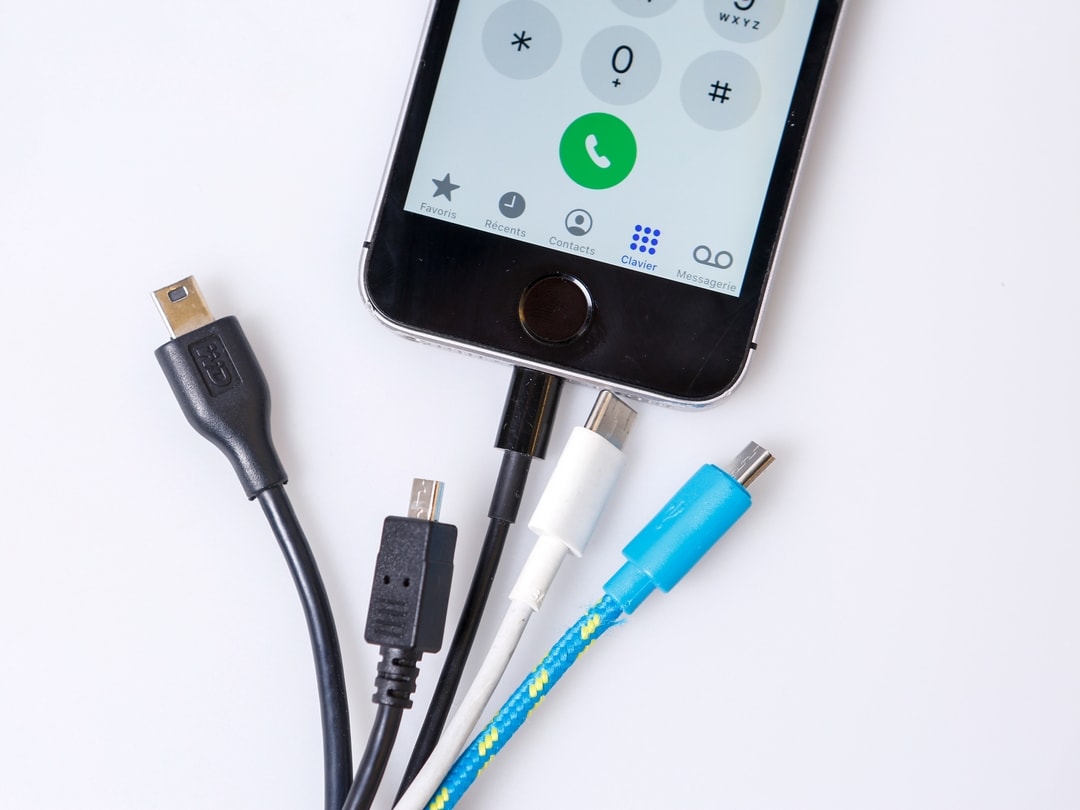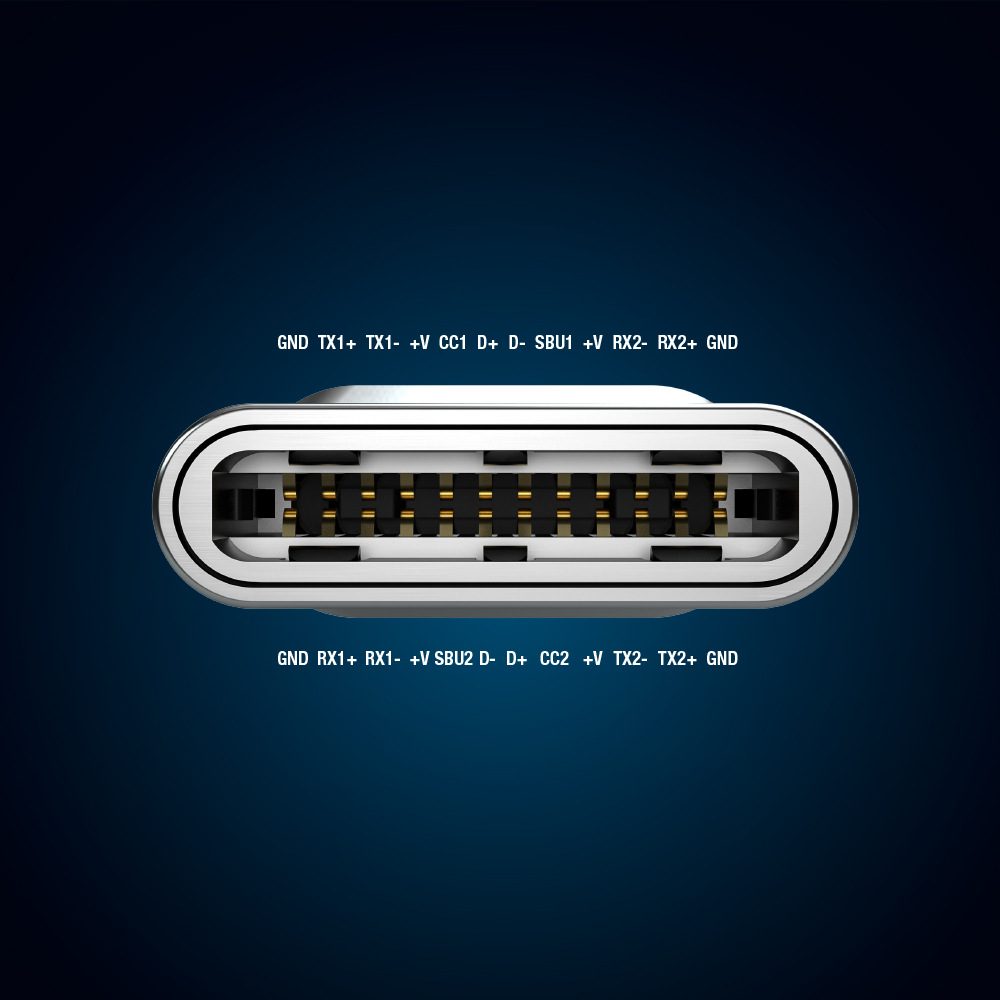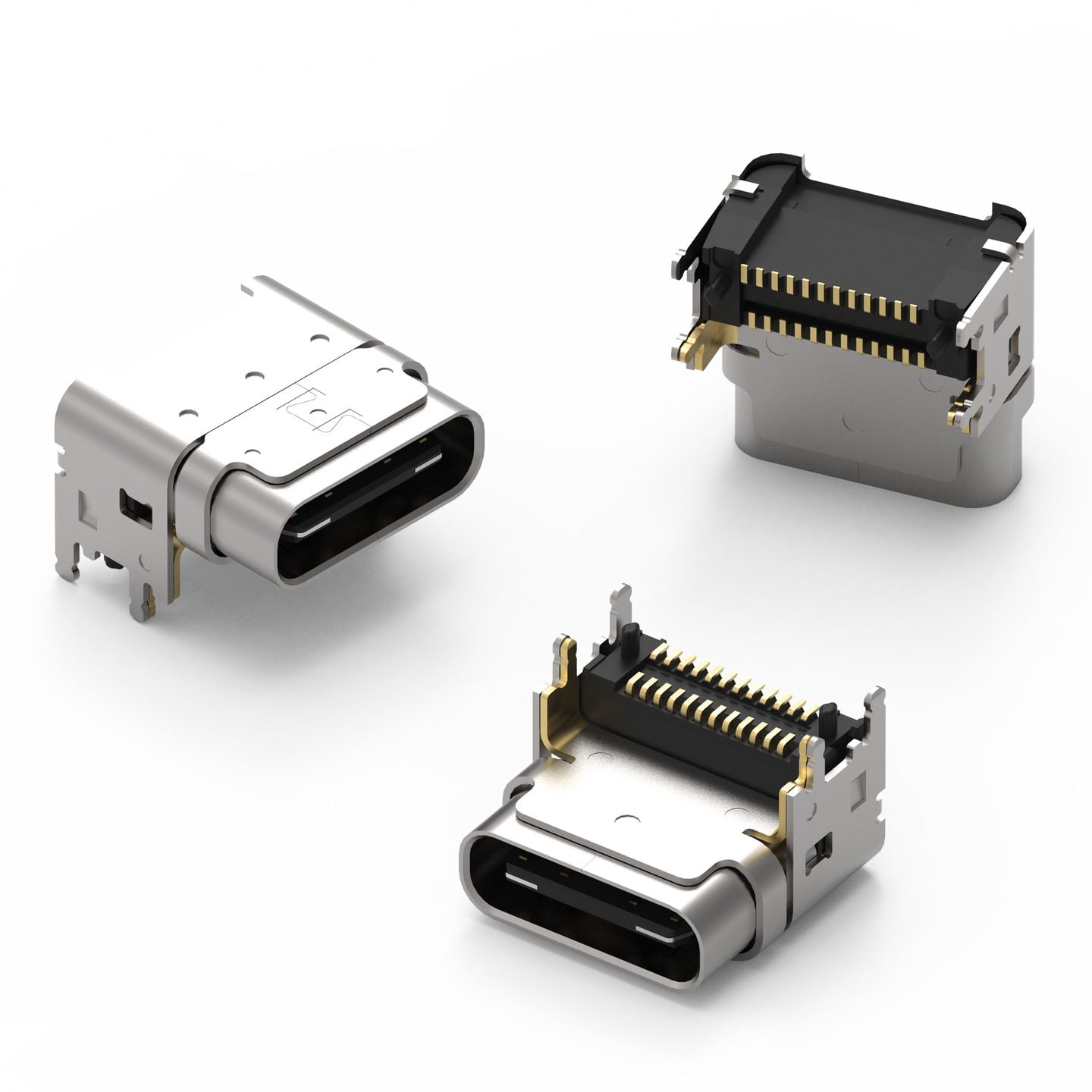
By the end of 2024, the proliferation of chargers for small electronic devices will come to an end. The EU is making USB-C connectors and the USB Power Delivery standard mandatory.
From 28 December 2024, all mobile phones, tablets and cameras sold in the EU must have a USB-C charging port. This will also apply to laptops from spring 2026. The EU wants to reduce electronic waste and make electrical appliances more sustainable.
The European Parliament had already adopted this in October 2023 as an amendment to the Radio Equipment Directive and then passed it on to the member states for implementation into national law.
In the future, all manufacturers must equip their new mobile phones, tablets, digital cameras, headphones and headsets, portable video game consoles and speakers, e-readers, keyboards, mice, portable navigation systems, earphones and laptops with a power consumption of up to 100 watts that can be charged with a cable with a USB-C connection.
This means that consumers will not need a new charger every time they buy a new mobile device. A single charger will then be sufficient for a large number of small and medium-sized portable electronic devices.
The Directive also now mandates a common baseline charging protocol for all USB-C devices.
This new directive makes it also impossible to sell the power supply unit of the charger with the device. This will allow consumers to make an informed decision as to whether it is necessary to buy a new charger with a new device. Special labels are intended to provide information about the charging properties of new devices. This will make it easier to determine whether existing chargers are compatible with them. These new obligations ensure that chargers can be reused more frequently. They should help to save up to 250 million euros per year on unnecessary chargers. Disposed and unused chargers generate around 11,000 tons of electronic waste in the EU every year.
Would you like to know to what extent Würth Elektronik is committed to a more sustainable future? Simply take a look at the sustainability status report here.
The new regulations do not apply to products that were placed on the market before the date of application. Nevertheless, market heavyweight Apple has already started the changeover: The iPhone 15 generation and the second generation of AirPods Pro are already equipped with USB-C.
Image source: Würth Elektronik
USB-C with Power Delivery
The USB-C connector and the USB Power Delivery (USB-PD) communication protocol allow fast charging with an output of up to 240 W and support adaptive charging at the same time. This means that they can adapt the power to the charging needs of a specific device and can therefore be used to charge a wide range of products. As per the new regulation, chargers will have to be compatible at least with the first level of USB Power Delivery, which corresponds to an output of 15 W or more.
Let’s have a deeper look in what the regulation means for you.
The specification IEC 62680-1-2:2022 is decisive for USB Power Delivery [2]. Before the Type C, “official” USB Power Delivery was called “battery charging”. Moreover, this protocol was also dependent on the respective manufacturer of the charging function and the battery.
With the Type C, this battery charging evolved in a dynamic and backwards-compatible Power Delivery standard. With the addition of the CC pin, the USB specification now describes a chip-to-chip communication interface to regulate the amount of power separated from the actual power interface. The standardization of this spec is intended to allow system OEMs, power supply and peripheral developers adequate flexibility for product diversity and market differentiation without compromising backward compatibility.
This sixth edition represents a major technical revision. It adds the Extended Power Range (EPR), which ranges from 100 W to max. 240 W. It works with an Adjustable Voltage Supply (AVS), which allow and drive voltage levels between 15 V and 48 V. Voltage levels above 20 V were previously not possible with a Type C.
However, this specification is only intended to work if the devices and the cable are all compliant with the USB Type C standard. Some USB Type C cables on the market may not have adequate wiring.
USB-C cables and connectors
IEC 62680-1-3:2022 is the standard defining the USB-C receptacles, plugs and cables assemblies [3]. It defines the electromechanical components that are compatible with the existing electrical and functional specifications of the USB interface – including the USB Power Delivery interface. This specification covers the following aspects required for the production and use of this new USB cable/plug solution:
This specification covers a wealth of mechanical and electrical definitions, of performance requirements, with the goal of favoring interoperability. IEC 62680-1-3:2022 replaces the fourth edition published in 2021 and represents a technical revision. The main purpose of the new version is to enable Extended Power Range (EPR) for cables.
Image source: Würth Elektronik
Würth Elektronik offers an extensive portfolio of USB connectors of types A, AB, B and C. For USB-C, the range includes [4]:
In addition to the connectors, the WE range also includes EMC filters, components for ESD overvoltage protection and for AC/DC to DC/DC power conversion for USB 3.1. The specially developed products are included in the Würth Elektronik USB Type-C™ EMC dongle to check the EMC and surge conformity of an application quickly and easily. The WE products are recommended in the USB Type-C™ reference designs of leading IC manufacturers.


